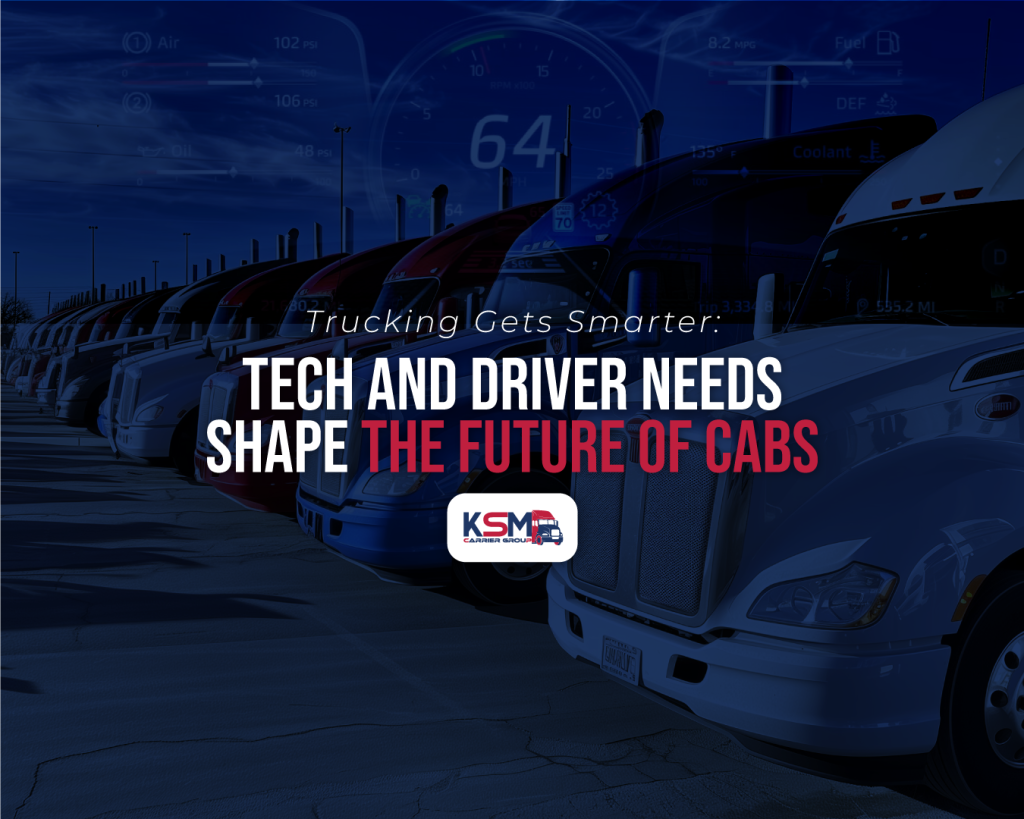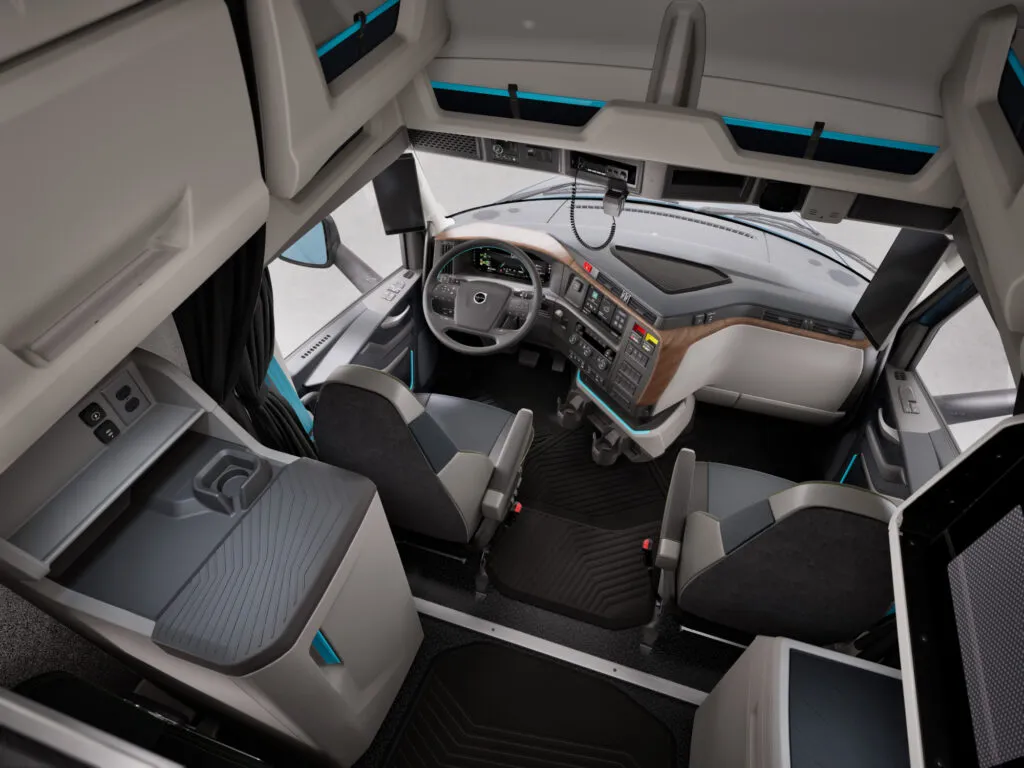The American truck driver is changing. Today’s OTR drivers are a diverse group, many of whom are tech-savvy and looking for a more comfortable and efficient work environment. In response, truck manufacturers are rethinking cab design to accommodate these evolving needs.
Gone are the days of cryptic dashboard warning lights. Modern trucks communicate with drivers clearly, displaying specific error messages instead of generic fault codes. This allows drivers to make informed decisions about the severity of an issue. Additionally, the rise of automated manual transmissions (AMTs) frees up valuable space between the seats and allows for more controls to be placed on the shifter stalk, reducing the need for excessive reaching.
The days of having separate controls for the sleeper and the front cab are coming to an end. Manufacturers are integrating these controls, allowing drivers to manage features like radio, lighting, temperature, and even auxiliary power units (APUs) from a single location, regardless of where they are in the truck.
The future of trucking is looking a lot less blurry. More trucks are rolling off the assembly line equipped with multiple cameras, including ones that offer a clear view of the trailer’s back and night vision capabilities. These camera mirror systems (CMS) are replacing traditional west coast mirrors, offering a wider field of view and eliminating blind spots. Brianna Potthast, on-highway marketing manager with Kenworth, believes these systems will be standard within a decade. David Brandos of Stoneridge, a manufacturer of CMS, agrees. “Your trucks are going to look different,” he said. “There is going to be major change for your drivers.” While US regulations currently allow fleets to remove mirrors on CMS-equipped trucks, OEMs are not yet permitted to build them without mirrors as they can in Europe.
The future of truck cabs extends beyond improved visibility. Expect to see “smart features” that streamline tasks like pre-trip inspections and improve comfort with features like remote climate control allowing drivers to pre-heat or cool their cabs before climbing in. Anastasia Makarova of Daimler Truck North America highlights the importance of a clean dash design to avoid overwhelming drivers with information overload from advanced driver-assistance systems (ADAS). Ultimately, the goal is to create a more informative and user-friendly experience that prioritizes driver safety and comfort.
At KSM Carrier Group, we understand the importance of attracting and retaining top-tier drivers. That’s why we invest in cutting-edge trucks equipped with the latest technological advancements to make your job easier and safer. Our dedicated lanes ensure consistent work and steady pay, while comfortable sleeper cabs with features you’ll appreciate help you get the rest you deserve between deliveries. We are committed to providing a work environment that values both our drivers’ needs and the high-value loads we entrust to them.


